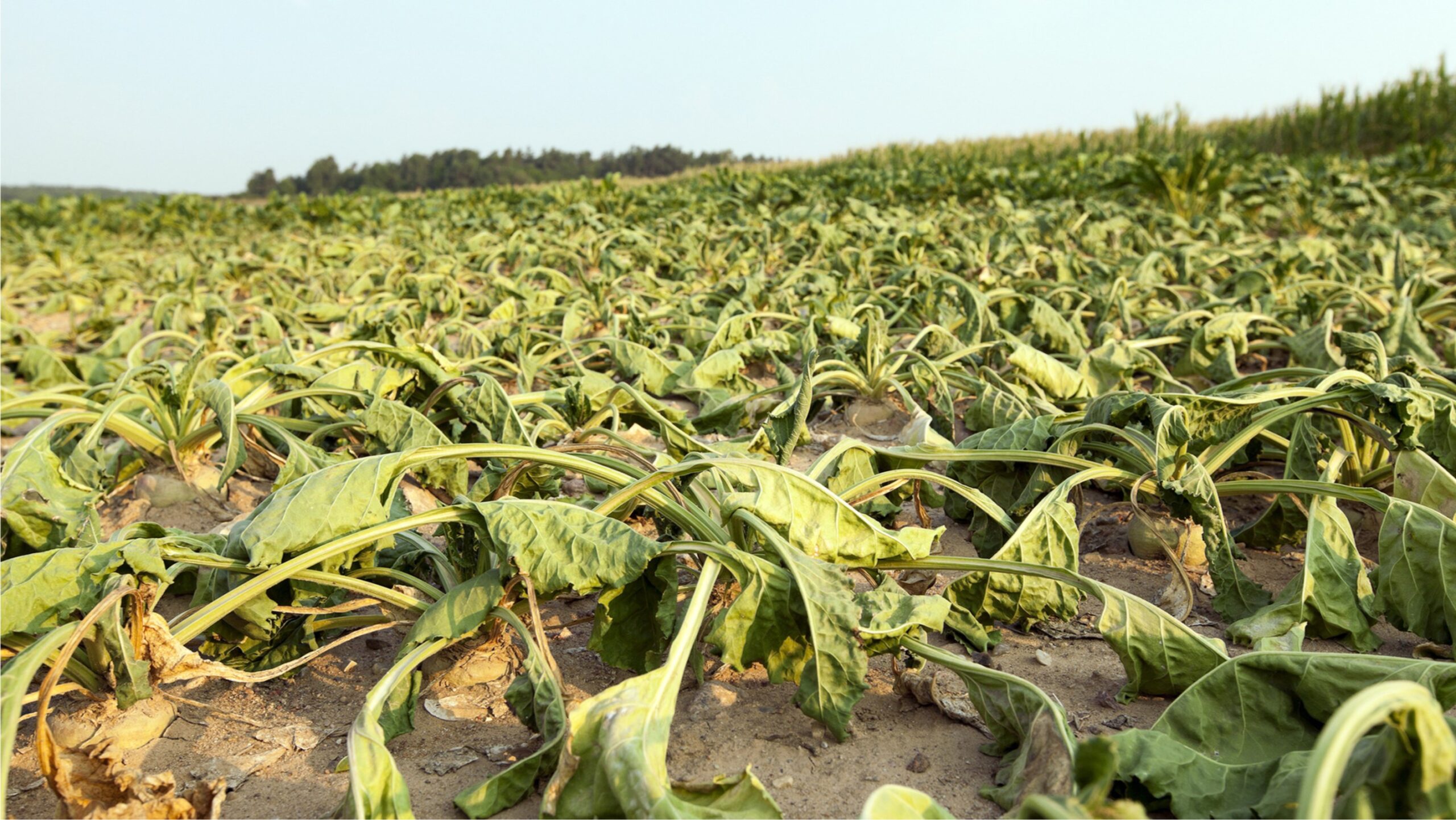Hello Readers,
It’s been a while since I’ve posted a new newsletter. I took a break for a short time. I’m excited to be back in the saddle and sharing my perspectives and thoughts with you. Andaman Ag has been promoting biological farming practices since 2008. Today, biological farming is getting a lot of attention. Glad to see that growers and distributors are recognizing the value of biological farming. Please contact me should you be interested in our approach which entails specific product programs to address issues at hand with an extensive history of delivering improved crop quality and yields.
Plant phenols, which are a type of secondary metabolite found in plants, can play a role in mitigating heat stress. Heat stress and plants can occur when temperatures rise above the optimal range for their growth and development, leading to various physiological and biochemical changes.
Phenols, including phenolic compounds such as flavonoids, tannins, and lignin, have antioxidant properties that help plants cope with heat stress. Antioxidants protect plant cells from damage caused by reactive oxygen species (ROS), which are produced at higher levels during heat stress. ROS is a type of unstable molecule that contains oxygen and easily reacts with other molecules in a cell. Phenols scavenge these ROS and reduce oxidative stress, thereby protecting cellular structures and maintaining plant function. ROS can cause irreversible damage to DNA as they oxidize and modify some cellular components and prevent them from performing their original functions.
Additionally, phenolic compounds can also help regulate water status during heat stress. They can enhance the plant’s ability to retain water by reducing transportation rates and increasing the production of osmoprotectants. These nontoxic compounds stabilize cellular structures and enzymes, act as metabolic signals, and again, scavenge reactive oxygen species (ROS) produced under stressful conditions. This helps plants maintain cellular hydration and prevent dehydration under high-temperature conditions.
Phenolic compounds contribute to the adaptive response of plants to heat stress by reducing oxidative damage and improving water balance.
Andaman Ag is the distributor of Coriphol (lignin-sourced phenol) and CropBioLife (flavonoid). Both products do an excellent job of addressing abiotic stress. Coriphol does an exceptional job of keeping the plant in primary production by subsidizing plant phenols. The production of secondary metabolites (abiotic stress) requires energy and resources which can result in a diversion of resources from primary metabolites. A decrease in the production of primary metabolites diverts energy and resources away from growth, development, and reproduction.
CropBioLife is a flavonoid product that’s applied as a foliar spray to help get crops metabolizing and growing even under stressful conditions. Flavonoids are among the natural tools developed by plants to cope with abiotic stresses. Flavonoids improve plants’ tolerance to abiotic stress at physiological and biochemical levels by the improvement of antioxidant capacity, regulation of cellular redox or energy exchange, and activation of osmoregulation or regulation of the stomata to regulate water loss.
These two products offer a dynamic one-two punch to help crops during high-heat stress events. Addressing these events now is critical as we likely won’t see the real impact until harvest. In addition, both products are major contributors to sequestering carbon which translates into more productive soils leading to healthier, more productive crops.





